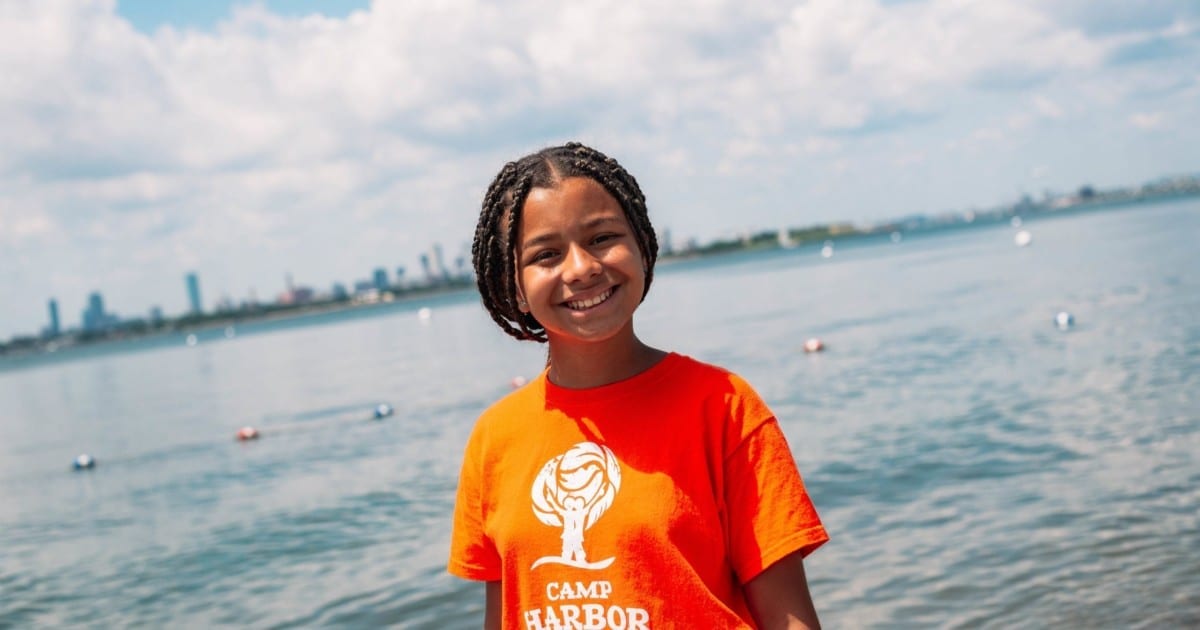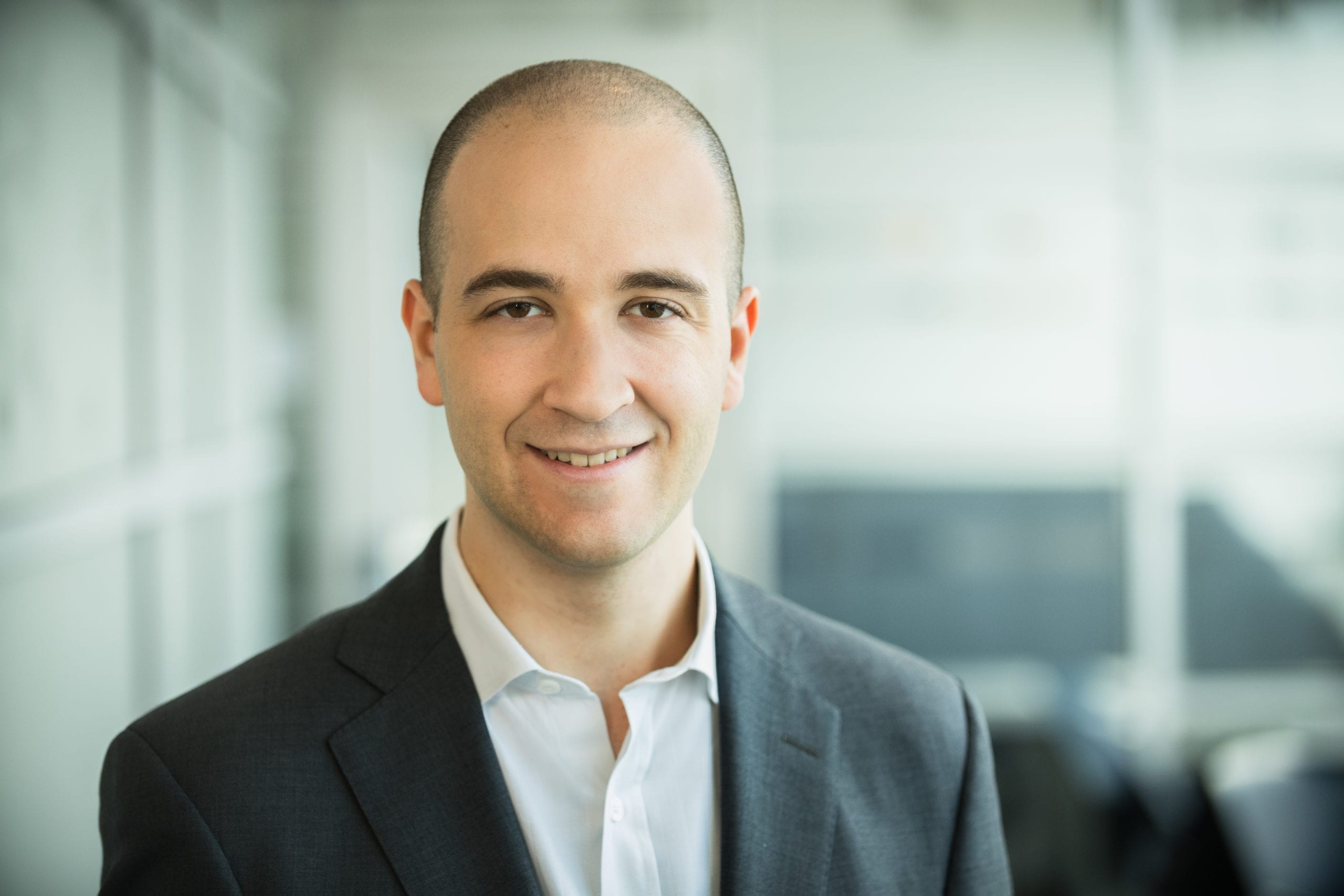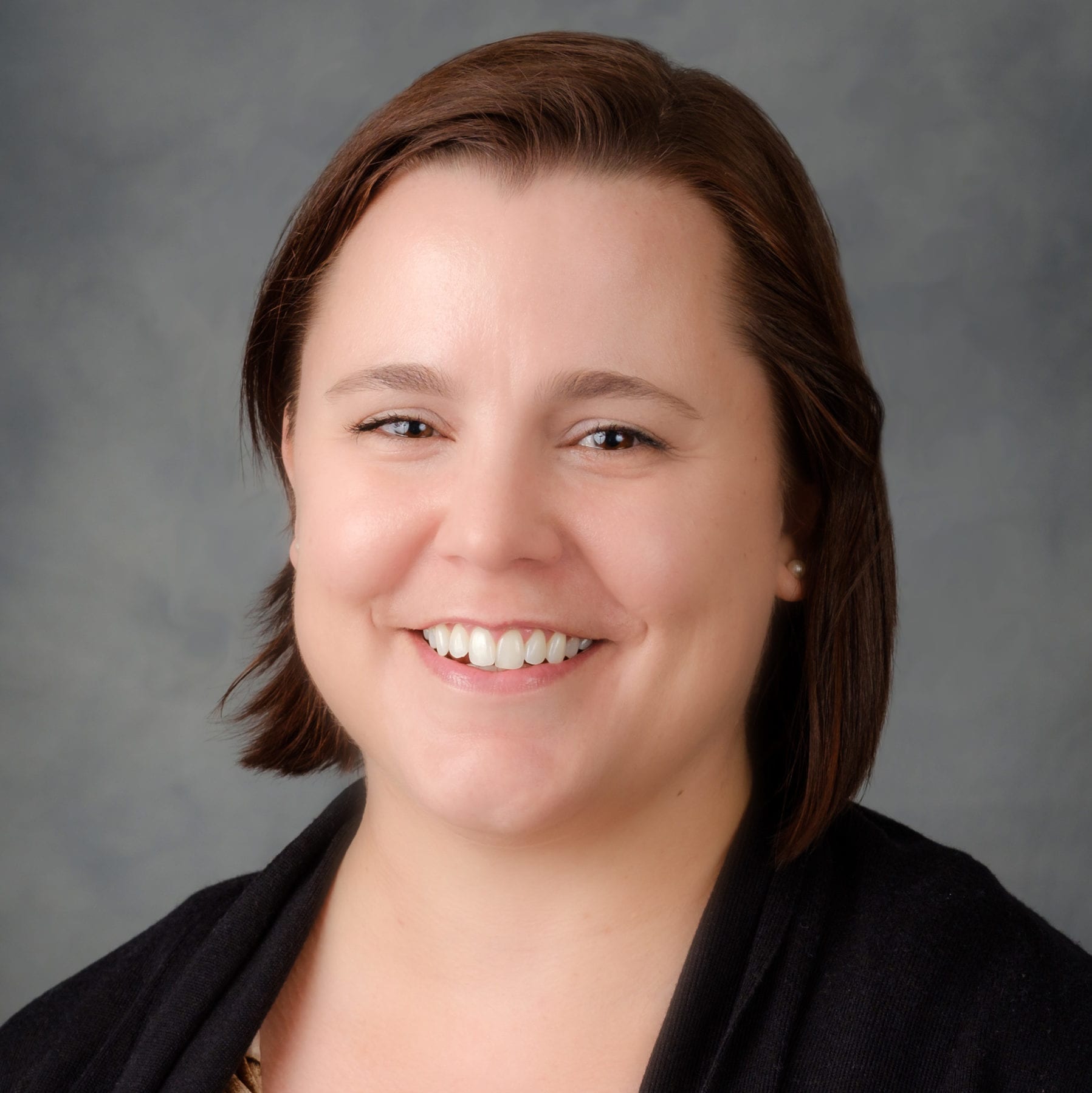Tami Chalom (UCLA ’19) had always enjoyed painting and used it as a way to express herself. So when she was choosing a final project for her class “Social Justice and Political Commentary,” painting was her medium of choice, and mental health was very much on her mind.
The year before, her dear friend and sorority sister had committed suicide. Many people had loved her and cared about her, including the members of her rowing team. But none of them had known she was struggling with depression. Chalom decided to stage an art exhibition dedicated to expressions of mental health, and to curate pieces submitted by fellow students for a show in a borrowed campus space.
“The entire rowing team came to the gallery. There was a huge turnout, and it was amazing. It was also touching and sad, but they all said, ‘Thanks for doing this, it’s a kind of closure,’” said Chalom. “So often you hear someone saying they’re depressed or they suffer from anxiety, and you might feel uncomfortable getting involved. The whole purpose of the show was to raise awareness of people who are going beyond ‘feeling a little down.’”
In much the same way, student concerns blossomed into a similar show at Texas A&M, when the Spring 2018 Artfest was dedicated to the theme of mental health.
“In the six short years I’ve been here, I’ve seen a big shift in student expression, and students being comfortable talking with each other openly about their concerns. The exhibit was a direct consequence of that,” recalls Mary Compton, who advises student programming in the visual arts at the Memorial Student Center. “It was a great way to see not just the creativity but also the mental health landscape of campus, because many students make their work very personal.”
Tapping into the arts has long been an unofficial prescription for mental health issues. Self- expression through painting, drawing, singing, writing, film-making—you name it—has long been seen as a good creative outlet for a troubled mind. But it has typically been undertaken in a solitary way. The poet sitting alone under a tree, the student with a sketch pad in the corner of the library, the musician in the studio after-hours.
College students today seem to be saying, we don’t need more solitude, we need more togetherness. So they’re throwing open the windows and literally giving fresh air to cathartic creativity, staging public performances for open, artistic expression about mental health issues.
At NYU, this is nothing new—perhaps not too surprising at a school with performative geniuses in every dorm, located in a city that tells it like it is. For more than a decade, students from Tisch School of the Arts have kicked off each new year with a special collaborative performance for student orientation dedicated to mental health and wellness choices. It’s a song-and-dance production called The Reality Show, designed to educate new students about issues they might encounter, how they might cope, and resources they can use. The show is held for the incoming class (plus transfer students) of about 7,000, in the prime-time slot directly following the president’s address—a splashy evening, the only time they’re all in one space together—and held in major city venues like Madison Square Garden and the Beacon Theater.
“The Reality Show was conceived in 2005, when we were coming off a spate of student suicides and creating a lot of comprehensive services that needed to be disseminated in a way students could hear. We knew a bunch of administrators talking at students was not going to be effective,” says Zoe Ragouzeos, Executive Director of Counseling and Wellness Services at NYU. At the time, Tisch was fortunate to have Tony-nominated theatre director Elizabeth Swados on staff. The show she created broke the ice, broke down perception barriers, and ensured that all new students memorized the NYU Wellness Exchange number, which was repeated as a campy refrain.
“It’s a fast and furious and outrageous hour. The minute we land one idea, we’re on to the next,” says producer Preston Martin, who was a student under Swados for the debut show and has been involved on the production side every year since. “We go serious for serious material, but the show is mostly comedy. I wrote a song about abstinence, sort of a cheeky number. With the material, we try to say, ‘We know you think this is going to be cheesy, so we’re going to take that and turn it on its head, so we’re one step ahead of you.’”
The scripts are written and performed by the students—a cast and crew of more than 100 sophomores, juniors, and seniors who’ve auditioned for the privilege. It’s more than just an opportunity for a large audience of peers and a good item for their resume; they are paid for their time and housed for free during the summer while they develop the show. To create the scripts, they have round-table discussions with Ragouzeos about each of the topics from a clinical perspective, plus visits from special guest experts. They filter the material and take it into writing teams very delicately, knowing people are coming in with a wide range of belief systems.
“It’s a very direct show,” says Ragouzeos. “I remind them there are people in the room who’ve never seen people singing and dancing about sex, or never even imagined sex before marriage. There are things in it that are hard to sing and dance about.”
Fifteen years later, the show still puts the hard-to-dance-to topics all on the table: from discrimination and depression, alcohol abuse and assault, stress and sexual identity. The presentation changes year to year, and over time some of the topics have changed, too.
“In 2005, we didn’t have the words ‘anxiety’ and ‘depression’ at the tip of our tongues as we do now,” says Martin. “Our mental health material specifically has stayed and grown, but the messaging is being healthy. The idea is centered on, ‘Show me how you cope,’ instead of saying, ‘You are not alone.’ Because during the pandemic you might really be alone.”
The concept behind “Show me how to cope” combines a person’s own mental health experience with bystander awareness. It offers language you can use with a friend in trouble, and suggests ways to move forward for someone who’s losing hope to help them find ways to rebuild their curiosity again.
“We’re trying to get away from just giving answers and definitions, ‘Here’s the answer for mental health; here’s what anxiety is; here’s what depression is,’” says Martin. “These are the questions in the air, but maybe the way we’re asking is different and helpful.”
The School of the Art Institute of Chicago (SAIC) is another college that capitalizes on its creativity to alleviate loneliness, depression, and other issues related to mental health. For more than ten years, the campus wellness center has put on a wide variety of multimedia shows on a range of topics: a series focused on compassion, one on resilience, one on disabilities, and so on. The Wellness Center just completed a major renovation of its space on the 13th floor of the Lakeview Building to not just create warmer, more welcoming counseling spaces, but to make room for an exhibition space. Once the pandemic allows for full, normal participation in classes and creative arts, the center will organize a show about dealing with the time of Covid-19.
“We want to highlight how students were making sense and meaning out of the pandemic, and artwork is how to get through this thing,” says Joe Behen, Dean of the Wellness Center, who is a big believer in the healing benefits of group expressions of art. “The alone time with one’s own ideas is good, but art in community is different, because it brings interpersonal connection, and all the benefits that come from that. The connection in working on an art project is mental, but also emotional. It’s an intimate process, creating work collaboratively and sharing. The depth of the work often reaches audiences more significantly, which benefits both the artists and what they create, and is a model of connection for the world.”
Pre-pandemic, SAIC partnered with The Foundation for Art and Healing to create group artistic experiences to combat loneliness. The Foundation was established 15 years ago by Harvard physician Jeremy Nobel, who was interested in the relationship between art and healing in the medical world—specifically, how creative processes impact recovery, and how isolation has negative physical and mental health consequences.
The UnLonely Project is one of The Foundation’s initiatives, including Aging UnLonely, Workplace UnLonely, and Campus UnLonely. SAIC’s work with Campus UnLonely attracted the interest of The Today Show, which did a two-part series in 2018 on fighting the American epidemic of loneliness.
“For The Today Show, we brought together the Wellness Center’s support network for art-making experiences to highlight the connective powers to counter loneliness. Kate Snow (television journalist) got right in there creating artwork, too,” explains Behen. “We agree with The Foundation for Art and Healing that art-making can be the very best way to combat loneliness.”
At Emerson College, the “Hidden Lantern” festival got its start a few years ago, when students formed an organization of the same name to put on festivals of artistic expression around themes of healing. As an unaffiliated club, it was entirely student-run, produced, and funded. Last year, it received approval from the Student Government Association to come under the college’s activities umbrella, so it will now benefit from school funding and marketing as well.
“Basically, ‘Hidden Lantern’ means that we believe everyone has a light in them that’s just how you express yourself, and the organization helps them shine and helps artists to speak their truth. Our tag line is, ‘The healing power of artists’ expression’,” explains Kelly Sou, a senior majoring in visual arts and this year’s executive producer. “Wellness is the focus of the whole thing. We put it in our submission guidelines. ‘How does art help you through the struggle with mental health?’” She says the goal for the spring show is to have prerecorded performances broadcast together live via YouTube, with artists on hand to do a live Q&A afterward.
At the core of these student programs, whether they are sponsored by a university or affiliated with an independent organization, is the desire to air out the reality, isolation, and misconceptions surrounding mental health. One such organization took Boston campuses by storm just before the pandemic took it by Covid. “This is My Brave” is an organization created in 2014 by Jennifer Marshall, a mother of two who has Bipolar Disorder. It was created to tell people’s descriptions of their mental health coping and recovery in staged storytelling events, much like The Moth. In 2019, Marshall sat up and noticed a new demographic appearing frequently among their storytellers.
“We had always had young people, but never a show that was all about college-aged kids. There were alarming statistics about young people and suicide, and we couldn’t ignore their needs. We wanted to create a program dedicated to young-adult mental health,” says Marshall.
With funding through two Boston-area grants, an Alkermes Inspiration Grant and the Ruderman Family Foundation, she formed “This is my Brave: College Edition,” and began with multi-artist performances throughout Boston, by Boston students.
“We put out a call for storytellers across Boston, and took 10 students from different schools, diverse and in different media, and we put on what was basically a traveling show. It was intended to visit eight schools, and visited Lesley College, Harvard College, and Tufts University. But the pandemic cut it short.”
The kickoff event at Lesley College was held on World Mental Health Day, with a couple of the student performers presenting poetry, a few comedy—“it’s good to be able to laugh about it sometimes,” says Marshall—and a few performing music, along with many offering straightforward storytelling.
Te’zhuen Watson, a student trombone player at Berklee School of Music, heard about the auditions through campus posters, and knew he had to try out. “Mental health is not talked about enough, especially with young people. And as a musician, any opportunity I get to get onstage and perform, I’m going to do that,” says Watson, who deals with depression by expressing himself through music. “I definitely buried myself in music at a young age, and that type of self-awareness of dealing with being down definitely helped me.”
He rapped one piece, then played backup on the trombone with one of the other performers. But after the first event, his traveling with the group was interrupted by a terrible injury—a collapsed lung brought on by a challenging school performance. When he returned, he worried about whether he was capable of continuing, and whether it might happen again. But he was fine, and in hindsight, he believes it was worth the risk.
”It was incredible because it’s not just about the performing, it’s about the people. I was able to meet some beautiful people from different colleges and different backgrounds, and we shared our stories after performances,” he said. “I’ve always been open about who I am, and I’m glad I got to experience that.”
Until we are back to in-person gatherings, Zoom has been a stand-in for classes, mental health counseling, and socializing. It has also been a natural platform for artistic expression.
“What is clear to me in the pandemic is that video has tremendous potential,” says Behen of SAIC. “We see that our events can reach a far broader audience, not just the people to physically come into the room for an experience, but including people across the globe as both performers and audience. There’s so much power and potential there artistically that’s really wonderful – an opportunity for people to come in from other places and create even larger community – and I think going to sustain after the pandemic.”
A Zoom event can be ambitious and global, but it can also be small, ordinary, and routine. At Texas A&M, students spent a month using live artwork sessions as a way to maintain their social networks and sense of connection. “Inktober” was a drawing-a-day challenge, done together during a brief daily Zoom session while they were remote in October.
“It was just a daily group activity for connectedness through art. They logged on and did a different drawing on a different topic every day,” said Compton, one of the school’s student programming advisors. “They’d look down and draw, then look up and show folks what they’d made when they were done. They really looked forward to the daily meetup.”
Whether digital or in-person, when students undertake an artistic expression that shares something really personal, like a mental health struggle, or participates in a program like The Reality Show, it’s tantamount to putting themselves in the dark space and trusting that they’ll rise stronger. But there’s a certain spirit that is attracted to a project so intense, says NYU’s show manager, Martin. A spirit inclined to ascend with the challenge.
“It’s moving, it’s hard work, and there are days that are bad, and they might not want to have to think about these things that are so tough,” he says. Something I say to them often is, ‘This is the superhero power of an artist, to invest in places most people might not feel comfortable going [to], reaching into the darkness, but then not staying — coming back into the light and reporting what you find there.’”




